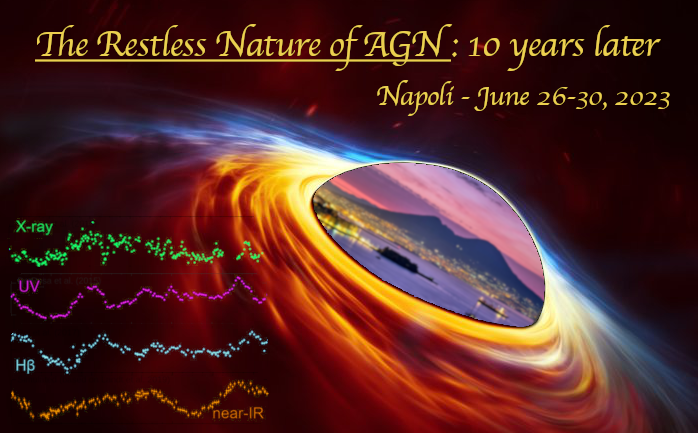Speaker
Description
The discovery of ~100 changing-look AGNs, i.e., changing their optical spectral types between type-I and II, challenges the AGNs unified model that uses the orientation to explain the difference between these two AGN subclasses. Recent works demonstrate that the large difference in the optical variability between type-I and type-II AGNs can be used to distinguish these two spectral types. We took MDM and Gemini spectra of a dozen of AGNs currently showing light curves inconsistent with their known types in the literatures, classified by light curve classifier ${\it qsofit}$ using ZTF light curves from our independent analysis. We successfully obtain a sample of new H beta changing-look AGNs, many of which still have weak broad H$\alpha$ line in their faint states, indicating that they are weak type-I AGNs. Our results favour the large change in the accretion rates to be responsible for the appearance/disappearance of the H$\beta$ profiles of these objects. We will briefly discuss the typical timescale and Eddington ratios of changing-look AGNs using our sample.

